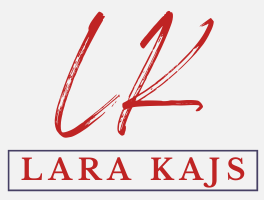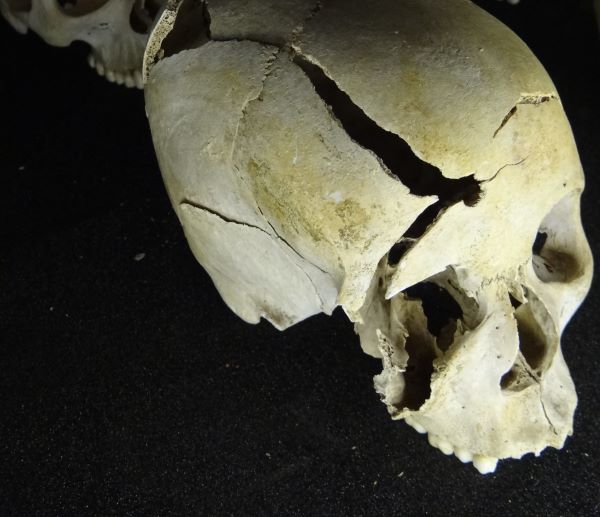~ 11 April 2024 ~
Every year in Rwanda, 7 April begins the period of remembrance known as Kwibuka. It is a period that lasts for one hundred days to honor the lives lost during the 1994 genocide.
Thirty years ago, the world was stunned to see the images of bodies filling roads, and floating down rivers throughout the country. The Rwandan genocide was the most concentrated mass killing ever witnessed and the last genocide of the twentieth century. In three months, approximately one million people, the majority of whom were Tutsis, were slaughtered, mostly with machetes.
At least 800,000 people were killed between the second week of April and the third week of May, in what Gerard Prunier called a “hurricane of death.” Prunier posited, that the daily killing in Rwanda during those five weeks was at least five times that of the Nazi death camps. For the first time in modern history, a state successfully turned the civilian population: men, women, and children, into murderers.
There were many warnings that genocide was being planned and was an absolute. Propaganda began calling for total extermination. Radio announcements were made and notices were passed out to communities inciting action to destroy. Extremists imported hundreds of thousands of machetes between 1993 to 1994. The machete became the symbol of the genocide, even before the first death. At this point, the first eight stages of genocide were met, save the final two: extermination and denial.
In 1993, in the months leading up to the mass killing, UN Special Rapporteur, Bacre Waly Ndiaye issued a report indicating that the charge of genocide was appropriate and that the application of the 1948 Convention on the Prevention and Punishment of the Crime of Genocide was in order. However, the Special Rapporteur’s warning was rejected. Had he been taken seriously, genocide in Rwanda might have been prevented.
The 9th Stage: Extermination
The catalyst for genocide occurred on 6 April, when the plane carrying President Habyarimana was shot down near the capital, Kigali, killing everyone on board, including Burundi President Cyprien Ntaryamira. Less than an hour later, the Presidential Guard had set up roadblocks around the city. The following day, working from detailed lists created in the weeks prior, soldiers and militia began carrying out the ninth Stage of Genocide: Extermination.
The killing was brutal, and when it started, it was not done in secret, in the dark of night, but was displayed in the open for all the world to see. Prime Minister Agathe Uwilingiyimana was among the first to be murdered. She was tortured and killed, along with the ten Belgian peacekeepers protecting her. PM Uwilingiyimana’s children survived the attack by hiding in a closet. In response to the murders, Belgium recalled its remaining forces from Rwanda.
In every major city in Rwanda, army and militia forces went house to house searching for Tutsis and anyone else on a list. The victims were dragged from homes and hiding places and killed, frequently by neighbors and friends. Oftentimes, victims were tortured and raped, and then killed with machetes. At roadblocks and checkpoints, anyone carrying a Tutsi identification card was shot or hacked to death, on the spot.
Acting from a mandate that prevented them from taking action, UNAMIR peacekeepers were left to watch as hundreds of thousands of Rwandans were brutally murdered.
One of the most horrific killing sprees occurred on 9 April in the church at Gikondo in Kigali leaving only two known survivors. The massacre was witnessed by some UN peacekeepers, and Polish nuns and priests. Soldiers were told to save their bullets. One hundred militia arrived with machetes, and in two hours hacked to death almost everyone, including children and infants. The attack happened in the light of day, by perpetrators without disguise, and without any fear that they would ever be prosecuted.
On 20 April some 43,000 people were killed at the parish of Karama. The slaughter took less than six hours. To put this in perspective, it was more than the largest extermination in a single day at Auchswitz-Birkenau or the number of Jews killed by the Nazis’ two-day massacre outside Odesa and Babi Yar Kyiv in 1941.
By the time the UN Security Council voted to act, and peacekeepers arrived, the genocide was over and a million bodies covered the country, brutally marked by machetes and riddled with bullets.
International Community Response
When the phase of total extermination against the Tutsis began, the international community had the means to act. A collaboration of Western, European, and African allies could have stopped the genocide and saved a million lives. However, the international community did not have the will to act, likely due to indifference and self-interest.
Ten years after the genocide, UN Secretary-General Kofi Annan said, “The international community failed Rwanda, and that must leave us always with a sense of bitter regret and abiding sorrow.” He added, “Are we confident that, confronted by a new Rwanda today, we can respond effectively in good time? We can by no means be certain we would.”
There are many unanswered questions, such as why countries in Africa and Europe provided (and still provide) sanctuary to the perpetrators, many of whom have still not been brought to justice.
Recovering from genocide is not like recovering from a natural disaster such as an earthquake or hurricane. In Rwanda, a million people were brutally murdered because one ethnic group hated another, to the degree that they picked up machetes and hacked to death their neighbors, their friends, and their families.
Hate is a powerful thing and is not restricted to that country or this one. It is not limited to one religion or political group over another. And it is not isolated to one ethnic group or nationality. When hate is stirred and promoted, it is capable of leaving a trail of bodies as evidence that it exists.
Thirty years later, mass graves are still being discovered across the country. And while Rwanda has made progress in healing the country, not all wounds heal with time. Many survivors still bear the scars of hatred, and the people have not forgotten.
Today, the driving force behind Rwanda’s recovery is President Paul Kagame. Respected by the people he serves as much as he is criticized for his authoritarian leadership by others, Mr. Kagame has spent 30 of his 66 years, serving and leading Rwanda. In mid-July he will seek a fourth presidential term – one he is likely to win.
Say the Word
What is the hesitancy to say the word, “genocide”? There may be overwhelming evidence to support the charge. There may be evidence that warring parties are not following the rules of war or international humanitarian law. There may be witnesses giving statements that atrocities have been committed. There may be an increasing number of civilian’ bodies in the streets.
And yet, the people who have the power to act, hesitate, only to utter apologies later because they could have done something to stop the genocide, but didn’t. Why? The rules and the criteria exist for a reason; so that when we see it we will know it. If we know what genocide looks like… and God knows we’ve seen enough of it to not be confused about what it looks like… then we can prevent it and stop it.
‘Never Again’ should mean something more than just a phrase said after genocide. It is not lip service… it is a promise made, and it should be kept.
With gratitude… Lara
Photo Credit: Skulls of Genocide Victims: Genocide Memorial Center – Kigali, Rwanda, ’01 by Adam Jones, Ph.D. – Global Photo Archive. Licensed under CC BY SA 2.0
#ThinkingOutLoud #LaraKajs KwibukaRwanda #Genocide

